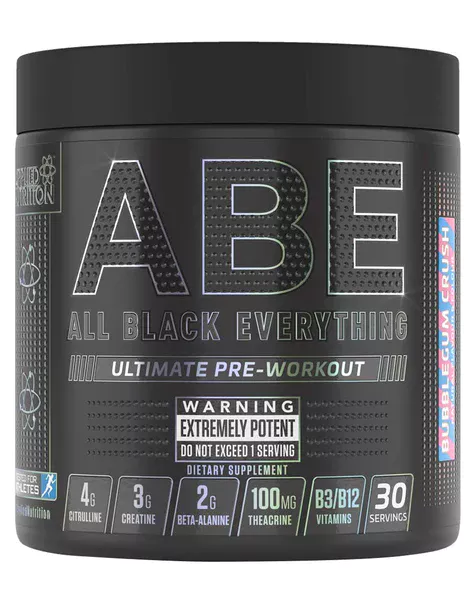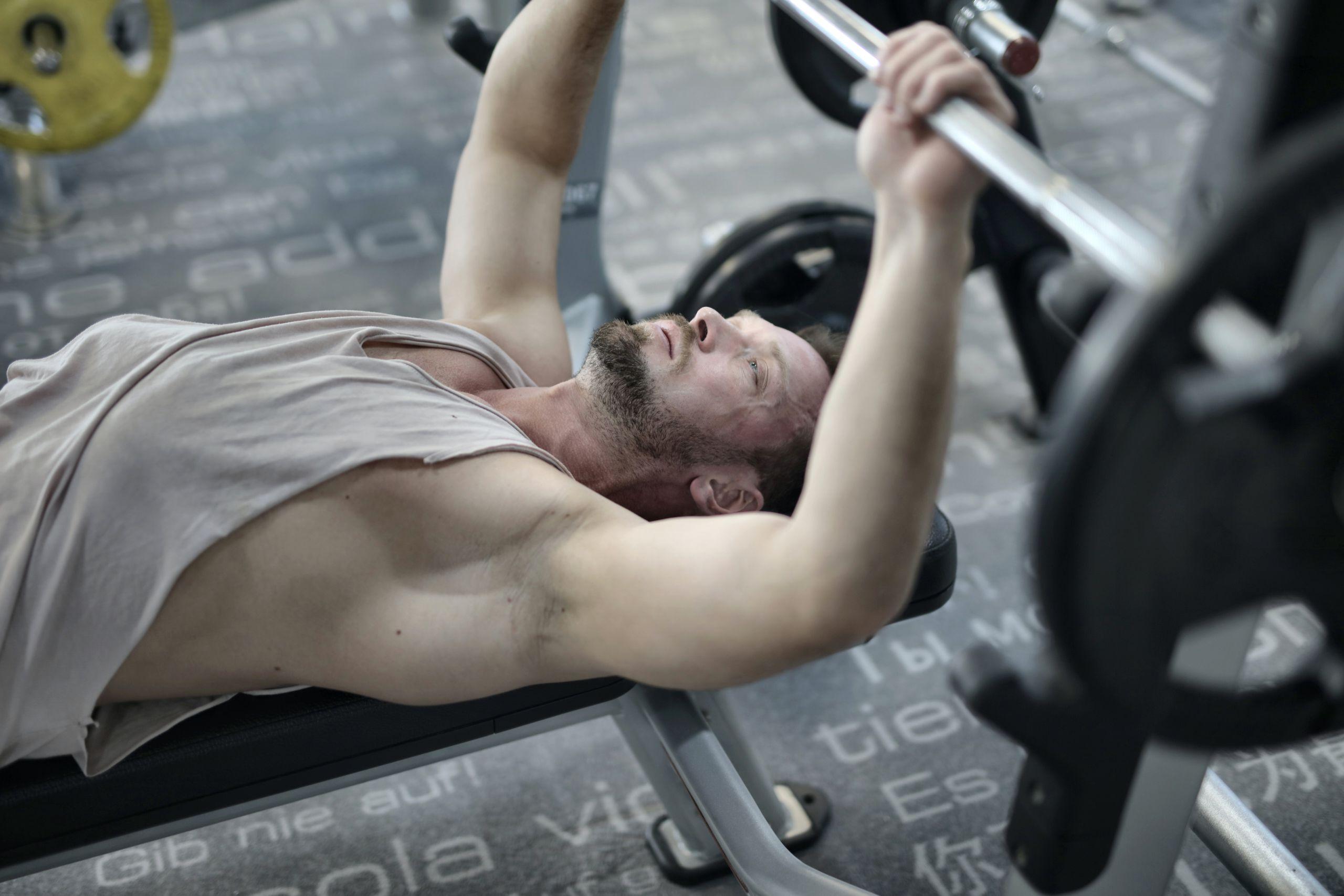How to bench press like a pro
Bench press is one of the most popular gym routines of all time. In fact, many gym rats lean on it to gauge their strength and compare themselves with their gym buddies. Few exercises come close to the number of muscle groups this all-time favorite gym routine works at the same time. From chest and shoulders to triceps and biceps, anytime you want a complete upper body workout, you can count on it to get the job done. Simply put, anyone wanting to have incredible upper body strength must know how to bench press.
That being said, in the pursuit of adding more weight to the bars, sometimes gym rats compromise on their form, which can be counter-productive and lead to unpleasant outcomes such as injury. So on that note, this blog will help you discover the ins and outs of how to bench press with the correct form, so you get the most out of your efforts in the gym.
What bench press weight is good to start with?
The ideal starting weight for the bench press varies greatly depending on your level of fitness, strength, and experience with the exercise. However, as a general guideline, it’s recommended that beginners start with a weight that they can comfortably lift for 8-12 repetitions with proper form and technique. A good starting weight for bench press for most people is usually the weight of the empty bar, which is typically around 45 pounds (20 kilograms).

How to bench press with correct form
First things first, before you even lie down on a bench, get yourself a spotting partner. While bench press is by no means a dangerous exercise, it is essential to understand that accidents can happen. And with 0.5-2x your body weight over you on the bars, you do not want to take that risk. Now that you’ve taken the safety precautions, let’s take a closer look at how to do bench press correctly.
Start with lying flat on a bench with your feet firmly planted on the ground with perfect symmetry. Then grip the bar with your hands slightly wider than shoulder-width apart. You may start by placing your ring or middle finger on the rung of the knurling and then find the sweet spot that makes you feel comfortable. Now unrack the bar and lower it to your chest in a controlled manner. Follow this movement with a pause for a second and then drive the bar explosively back up to the starting position, pushing through your feet and legs as well as your arms and chest.
It’s worth noting that the grip and form discussed above is for the standard bench press. There are many other forms of bench press including wide-grip bench press, tempo bench press, incline bench press etc. If you’re a beginner try getting comfortable with the standard bench press first to get your muscles used to the correct form.

How to bench press more?
As far as how to bench press more is concerned, the best way to do that is to take little steps at a time and gradually increase the weight on your bars. A good starting point is increasing the weight by 5-10% at a time. You can also use progressive overload techniques like increasing the number of sets and reps you perform or decreasing your rest time between sets.
Apart from this, if you’re already not taking a preworkout, you can start taking one. Studies suggest that preworkouts enhance muscle endurance and increase explosiveness. Both of which will help you bench press more. Speaking of which, SD Matrix has recently launched its premium preworkout, ABE preworkout. It comes with a refreshing bubblegum flavor and contains powerful ingredients such as caffeine, beta-alanine, and creatine that are bound to rock your workouts.
Lastly, don’t overlook the importance of nutrition and recovery. Make sure you’re fueling your body with plenty of protein, healthy fats, and complex carbohydrates to support muscle growth and repair. Aim for 7-9 hours of quality sleep each night, and consider incorporating stretching, foam rolling, or other recovery techniques into your routine to help your muscles recover and stay healthy.
Remember, improving your bench press takes time and consistent effort. By focusing on your technique, training program, and recovery habits, you can progress steadily and achieve your strength goals over time. Now that you know how to bench press more, let’s discover some of the most common mistakes people make while doing bench press.

Common bench press mistakes
The #1 most common mistake most gym rats make while doing bench press is flaring their elbows too wide. This can put unnecessary strain on the shoulders and lead to injury. Instead, tuck your elbows in at a 45-degree angle to your body to engage the chest muscles properly.
Another very common mistake people make is lifting their hips off the bench while pushing the bar up. This takes the focus off the chest and places it on your triceps and shoulders, straining the shoulder joints. You must keep your feet planted firmly on the ground and your hips and glutes in contact with the bench throughout the exercise.
Lastly and most importantly, don’t sacrifice form in order to lift more. Not only compromising on your form will increase your risk of injury, but it will also limit your progress.

Conclusion: how to bench press
Conclusively, knowing how to bench press correctly is crucial to avoid injury and maximize the benefits of this popular gym routine. Remember to start with the correct form, focusing on the grip, foot placement, and controlled movements. Always have a spotting partner for safety, and don’t forget to try out variations of bench press to target different muscle groups. To bench press more, gradually increase the weight, use progressive overload techniques, and consider taking a preworkout supplement like SD Matrix’s ABE preworkout.
With consistent effort and attention to form and technique, you can make great progress and achieve your desired upper body strength. Keep in mind, practice makes perfect, and with these tips on how to bench press, you’ll be well on your way to reaching your fitness goals. Hopefully, this blog answered all your questions about how to bench press correctly.





